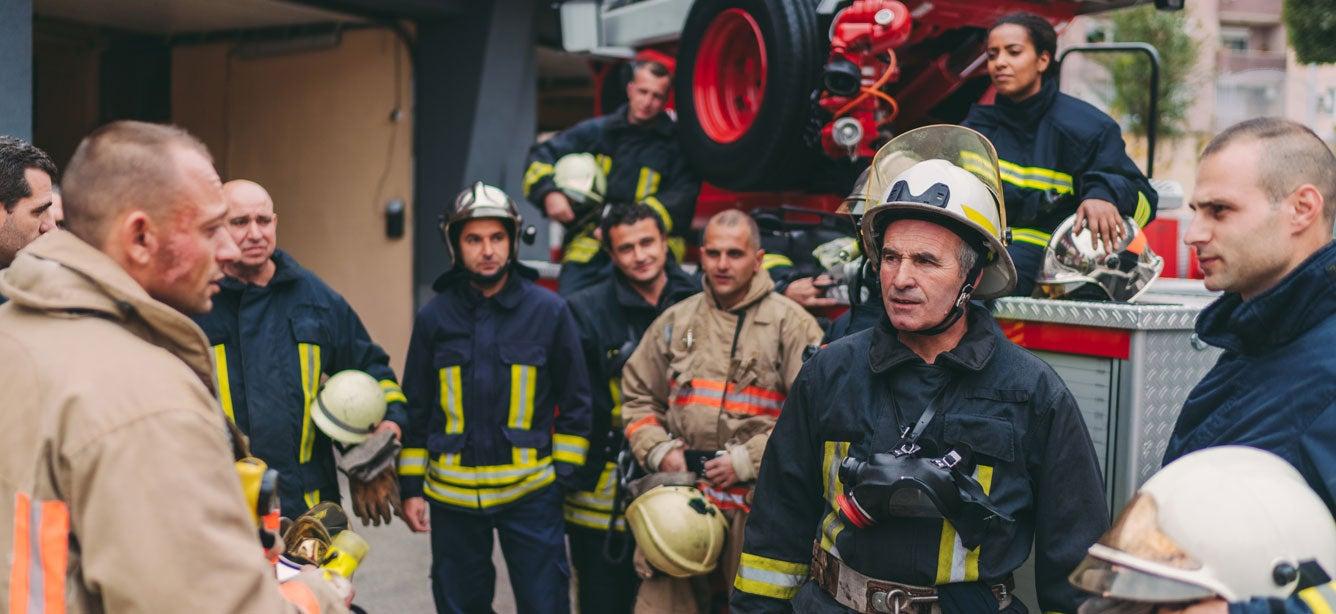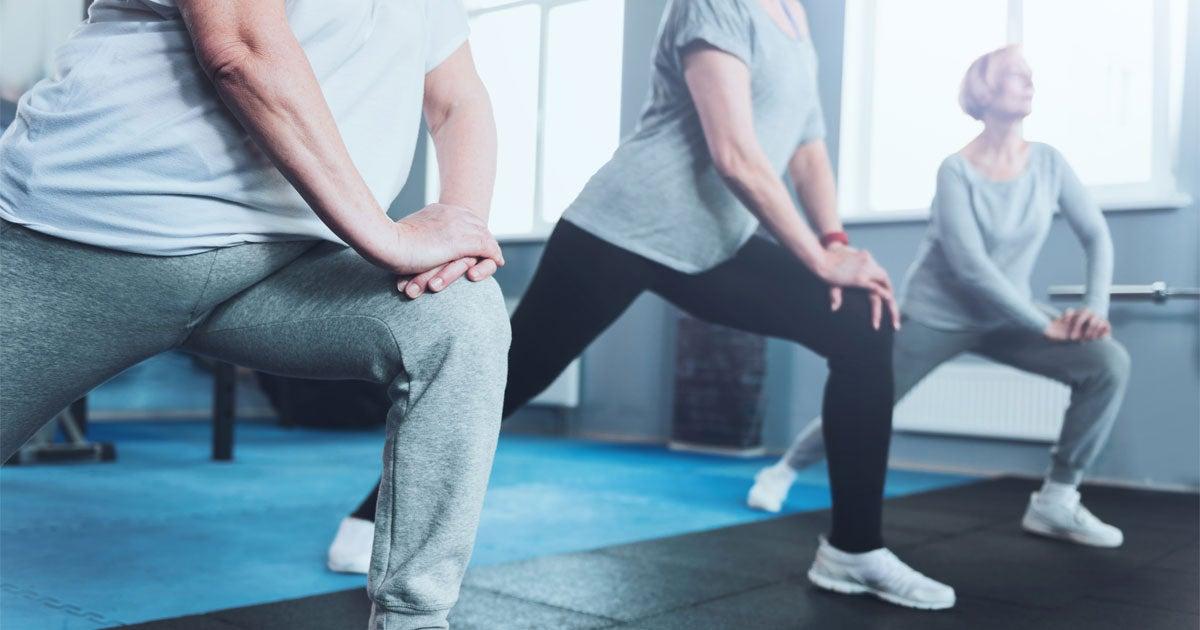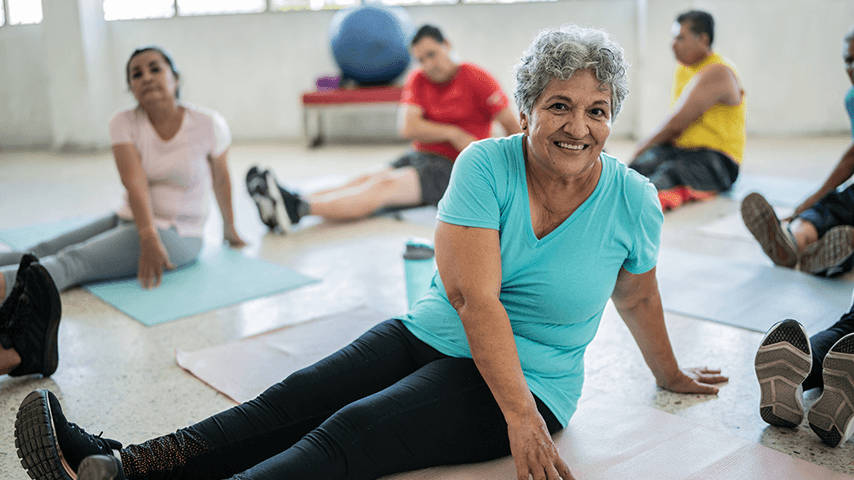
Related Topics
Tripping and falling are always unexpected and can cause injuries that limit your activity. When they do occur, you may need help getting back up or medical care. While some falls may seem insignificant, many falls cause serious injuries. The Centers for Disease Control and Prevention (CDC) reports that about 37% of falls results in injury.
Below are some tips developed by NCOA and the National Fire Protection Association to keep you safer in your home.
1. Keep your phone and medical technologies with you to quickly get the help you need.
Whenever you go, wherever you go, take your phone or other medical technologies with you. Falls can happen anywhere, and an available communication device can mean the difference between minutes and hours without medical attention. Take a communication device when you go to your basement, go to get the mail, tend to your garden, etc.
A charged cell phone makes a great communication device, but if you’re able to, consider getting a personal emergency response system (PERS). A PERS device is different from a cell phone because it is meant to be worn at all times. Most systems offer bracelet and necklace options. PERS systems can pair with a landline, but some operate wirelessly.
2. Talk with your local fire prevention team to develop a plan to provide access to your residence without damaging your property.
When you call 911, the responding team may need access to your home. A fire department can access your home without a key, but that would likely cause damage. There are different options on the market for boxes or safes mounted outside your door that could hold a house key. If you need help finding the right option for your home, reach out to your local fire department; each community may prefer something different.
3. Speak with your local fire department to schedule a home safety check, including a smoke alarm installation.
Some fire departments, like ours here in Cedar Rapids, offer home safety visits for seniors and other community members. The purpose of these visits is to make your home safer. A professional may be able to spot items in your home that you didn’t know create a safety hazard. Common safety hazards are rugs without non-slip backing, too many electrical devices plugged into one outlet, and too many items stored in hallways or on stairs. Home safety visits help residents identify small changes they can make to keep them safer.
Keeping your smoke alarms up to date is only one important aspect of home safety. For that reason, some departments may offer to test, update batteries in, or replace smoke alarms, if necessary. These tasks may require the use of a step stool or ladder, which is why we do not recommend seniors complete those tasks on their own. Smoke alarms should be in every bedroom, immediately outside bedrooms in a hallway, and on every level of the home. Smoke alarms must be replaced every 10 years.
4. Make a list of your health conditions and medications and store the list in one easy-to-find place.
If you ever have to call 911 for an emergency, it’s important that the first responders can easily access your necessary personal and medical information. Gather your important personal information and your medical information and put them together an “emergency file”. Store this “emergency file” in an easy-to-find place like on your refrigerator. Consider keeping another copy in your purse or billfold. Remember to keep this information as up to date as possible. Below are some ideas for what to keep in your “emergency file.”
Personal Information
- Full Name
- Date of Birth
- Address
- Emergency Contacts
Medical Information
- Current Prescriptions
- Health Conditions
- Allergies
- Doctor Contact Information
5. Share details of your fall with emergency responders; they can help make your home safer.
After a fall, you might find yourself injured or maybe just embarrassed. A fall is nothing to be embarrassed about; it happens to many adults each year. If you fall, be sure to share all the details of your fall with the first responders. Those first responders can help you find the resources you need to prevent another fall.
Download and share our infographic to help prevent falls among older adults
-
Fire Department’s Role in Falls Prevention: A Guide for Older Adults (Infographic): Share this infographic to help a loved one understand a fire department’s role in falls prevention.




